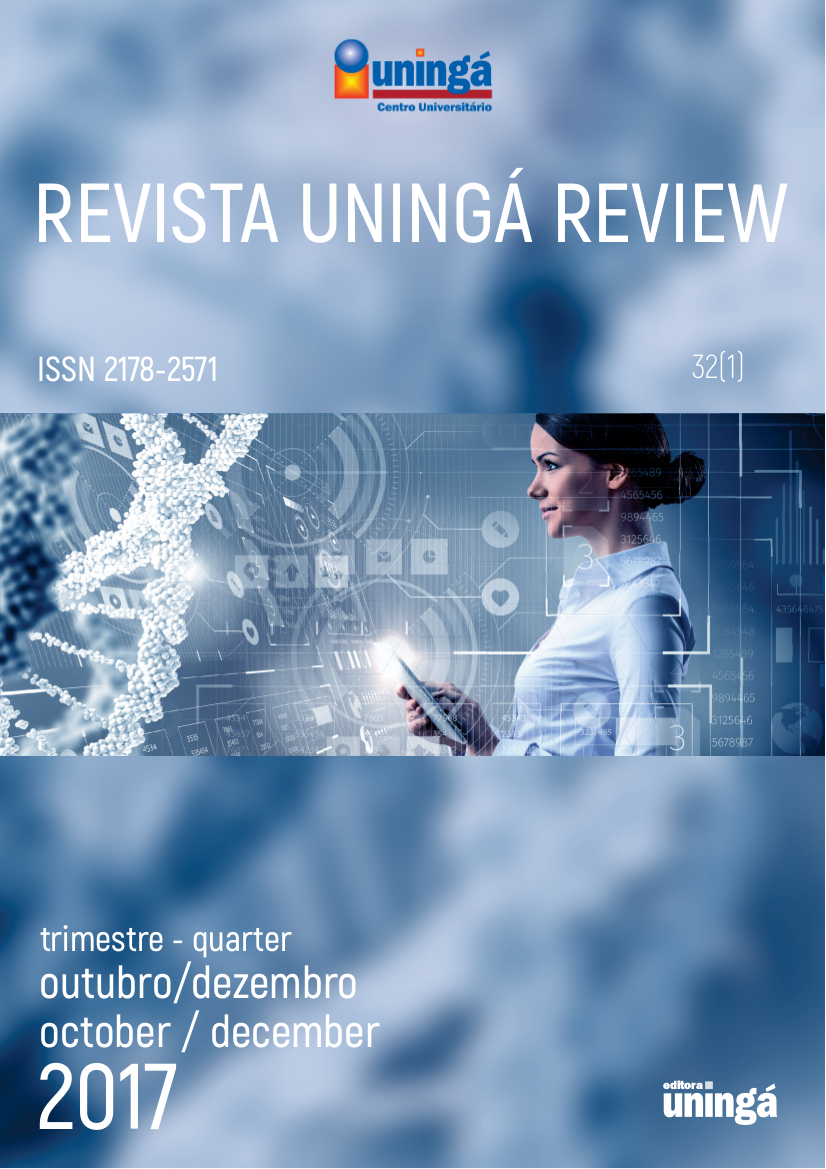SENSORY ANALYSIS OF GLUTEN-FREE AND CASEIN-FREE BREAD MADE FROM RICE FLOUR AND COCONUT MILK
Keywords:
Sensory analysis. Gluten-free flour. Casein-free diet. Celiac disease.Abstract
A strong current trend is the production of food for people who need special diets, such as the celiac. The present study aimed to develop a formulation of bread without gluten and casein-free (SGSC), in three variations, and assess the acceptance of the general public as regards its sensory characteristics. 3 SGSC breads were prepared: A, B and C, with rice flour and cassava starch sour as substitutes for wheat flour, coconut extract to replace the milk, and the ingredients carrot, banana and pumpkin in A, B and C, respectively. The sensory method used was the hedonic scale Affective structured in nine points. The aspects assessed were general acceptance, flavour, aroma, color, texture, preference and intention. The results were submitted to analysis of variance (ANOVA) using the 5% significance level and the Tukey test for comparison of means. B and C samples showed higher notes about general acceptance, taste and texture. The sample C was the most preferred and along with sample B presented the greatest intention. It was concluded that the elaborate formulations represent great food options in cases where restriction of gluten or casein diet.
Downloads
Downloads
Published
How to Cite
Issue
Section
License
I declare/we declare that the text submitted here is original, of my own authorship and does not infringe any type of third party rights. The content is my/our sole responsibility. Possible research involving animals and/or human beings is in accordance with Resolution 196/96 of the National Health Council and its complements. I declare that I am/we are in possession of the written consent of patients and that the research and its procedures were timely and adequately approved by the Ethics Committee of the institution of origin. We further declare that all institutional affiliations and all sources of financial support for the work are duly informed. I certify that there is no commercial or associative interest that represents a conflict of interest related to the submitted work. If there is commercial interest, in addition to the technical and academic ones, in the publication of the article, the information will be reported during the text.







































